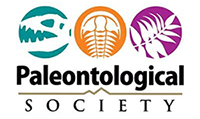Books available for review
Books available for review announcement - November update!
The following volumes are available to Paleontological Society members in exchange for writing a review in Priscum. Reviews should be informative, engaging, and 400–800 words long. The tone can be informal and casual, appropriate to recommending a book to colleagues. Reviews are expected to be returned within six months after receipt. Past book reviews can be found in past issues of Priscum at https://www.paleosoc.org/priscum-newsletter and https://www.paleosoc.org/blog. Reviewers must be a current member of the Paleontological Society before beginning review. If you are interested in reviewing one of these texts, please contact Book Reviews Editor Phil Novack-Gottshall ([email protected])

